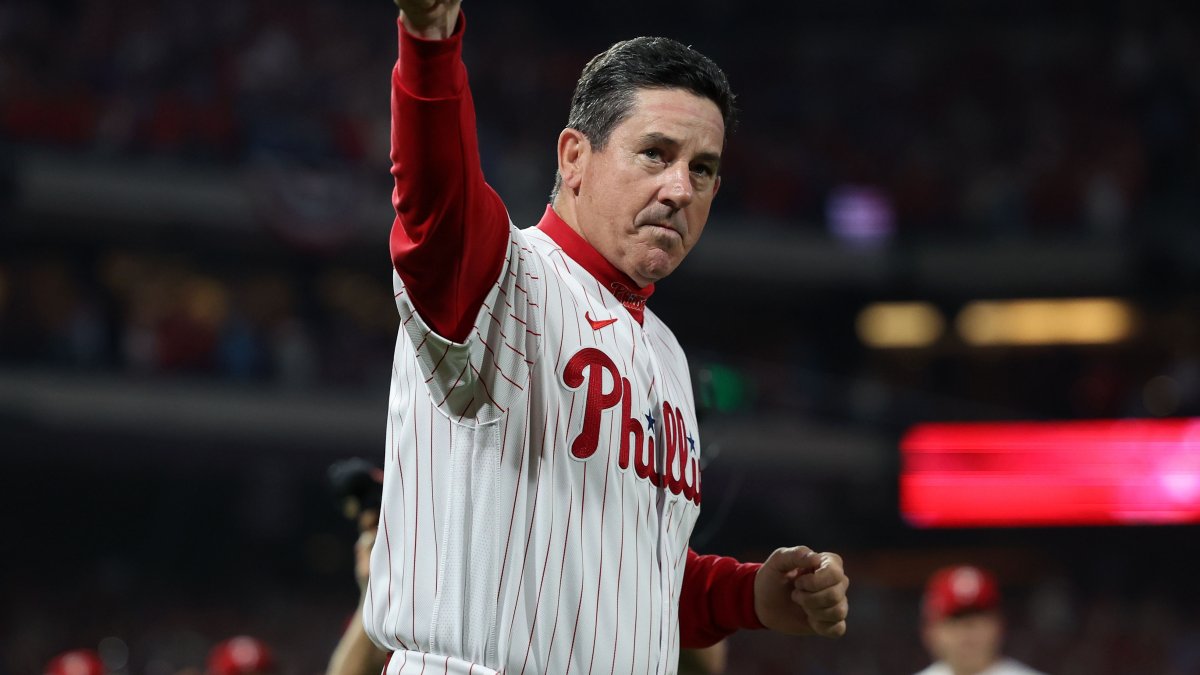Nigel Browne, an indigenous Australian, woke up on Sunday feeling disoriented and questioning his place in the country. It was a cruel irony considering that Aboriginal and Torres Strait Islander people have inhabited Australia for over 65,000 years, making them the oldest living culture on Earth. The day before, Australians had voted against a referendum that would have recognized and given greater political power to Indigenous people in the country’s constitution. This referendum, known as the “Voice to Parliament,” intended to address the disparities faced by Indigenous communities, but its defeat has left many feeling disillusioned.
The Voice was seen as a new approach that offered hope for Indigenous Australians in the face of widening gaps in life outcomes between them and non-Indigenous Australians. However, the resounding 60% “No” vote extinguished that hope, leaving the nation to deal with the aftermath of a divisive and brutal debate. The rejection of the Voice sends a message that Indigenous people are still not considered equals in a country that prides itself on being the “Lucky Country.”
The discussions surrounding the Voice are not new. In 2017, Nigel Browne and over 250 Indigenous people signed the Uluru Statement from the Heart, a historic petition that called for the Voice and other forms of self-determination and recognition. However, the government rejected the Uluru Statement at the time, citing concerns of too much influence and unequal rights.
Despite a change in government leadership, the arguments against the Voice remained largely the same. Critics feared that the Voice would divide the nation and grant Indigenous people more rights than others. Additionally, some Indigenous people believed the Voice would not be powerful enough to effect real change, while others argued that resources would be better spent on immediate solutions rather than symbolic gestures.
In the days leading up to the referendum, supporters of the Voice felt a growing sense of despair as polling suggested that the proposal would likely fail. The campaign itself was marked by intense racial abuse and attacks against Indigenous individuals, both online and offline. Indigenous people were subjected to debates about their authenticity and whether their opinions even mattered. The level of racial abuse was so severe that authorities had to step in and urge social media companies to take action. This toxic environment took a toll on many Indigenous individuals, some of whom received death threats and became suicidal.
The referendum itself caused further divisions within communities. While some opposed the idea of enshrining the Voice in the constitution, they shared the desire to eliminate racism. Others voted “No” but hoped that the “Yes” side would win due to the emotional ties people had to the issue.
In an empty room in Darwin, the news of the defeat played on a TV, signaling the end of the campaign. Volunteers and campaigners trickled in, only to learn that even in the Northern Territory, the referendum had been rejected. Emotions were high, with tears and hugs filling the room. The defeat was a blow to Indigenous Australians and an embarrassment for the nation.
Both sides acknowledged the prevalence of misinformation during the campaign, which further clouded the discussion about the Voice. Fact-checkers confirmed that there had been an unprecedented amount of misinformation surrounding the issue. However, some No campaigners argued that the Yes side failed to effectively communicate how the Voice would work and how it would bring about meaningful change. They believed that their message of equality resonated with many Australians.
Now that the referendum is over, the hard work begins for both sides. Some have suggested a second referendum that recognizes Indigenous people in the constitution without creating an advisory body. Others propose creating the Voice through legislation, although the Prime Minister has rejected this idea. Beyond the Voice, there are concerns about the future of the other objectives outlined in the Uluru Statement, such as treaty-making and truth-telling about Australia’s history.
The fear among Indigenous Australians is that this defeat will be seen as consent to maintaining the status quo, hindering progress and change. They understand that they cannot afford to be complacent and must explore other avenues for achieving their goals. Despite the setbacks, Indigenous people remain resilient and determined to fight for their rights. They believe that they must go back to the drawing board and come up with better, more inclusive solutions. This defeat does not define them; instead, it fuels their determination to continue the fight for justice and equality.

Olivia Carter revs up excitement in the world of NASCAR. As a dedicated motorsports enthusiast, she covers race results, driver profiles, and the latest developments in the NASCAR world, keeping fans on the edge of their seats.




:no_upscale()/cdn.vox-cdn.com/uploads/chorus_image/image/72931262/usa_today_21973134.0.jpg)


